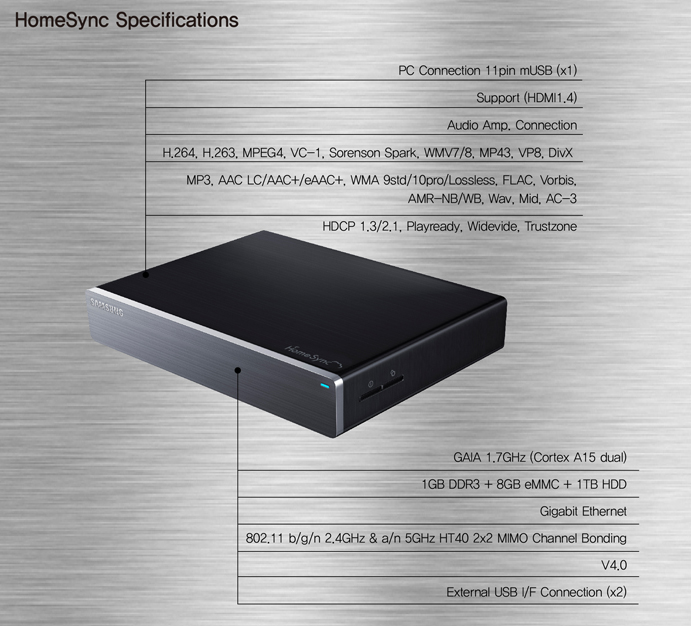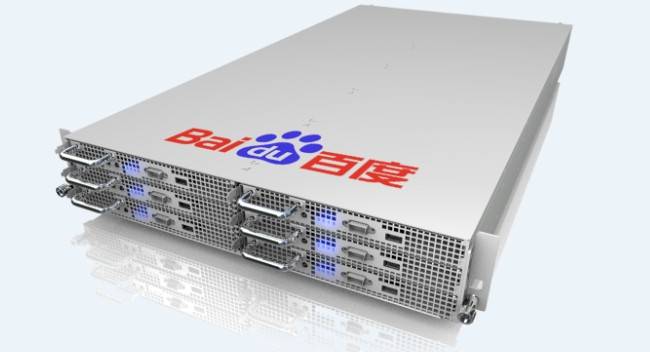Intel announced last week the Intel ARM C2000 at 6W
The ARM processor was claimed to be more efficient. And now the C2000 is 6x performance per watt
Barrons blog has a post on the business impact of the Intel Atom. Here are the two analyst views.
Doug Freedman of RBC Capital Markets reiterated an Outperform rating and a $29 price target on the shares, writing, “INTC’s new Atom low-power C2000, successor to S1200, is a very compelling offering in that it not only offers up to 6x performance/ watt (vs. S1200), but will enable newer markets leveraging prior SoC efforts in mobile (smartphone/tablet).
Thus INTC stands to pick-up ground in new markets with attractive ROI on more customized solutions [...] Performance vs. select S1200 parts are expected to be up to 7x faster, offering up to 6x higher performance per watt. The product is expected to be a best-in-class solution vs. competitive ARM solutions in the marketplace [...] We were encouraged to hear that the gross margin impact is expected to be “a wash”. To us, this implies that the margins are at least comparable to performance-based parts, and potentially better due to 22nm and cost efficiencies realized as a result of leveraging mobile resources.”
From the bear camp, Hans Mosesmann of Raymond James, reiterating an Underperform rating, wrote that “Intel introduced today an impressive number of Atom-based processor, switch, memory, and optical connectivity products/technologies for the datacenter in a move that highlights, in our view, Intel’s sense of urgency to defend its server processor supremacy.”
It is hard to fathom Intel making this big of a splash had ARM not released its 64-bit v8 architecture (for licensing) nearly two years ago with the subsequent strong design interest. Intel was at pains to explain that microservers, as a category, are small but the opportunity for adjacent markets is big. Translation: we are worried about the ARM threat and are willing to cannibalize existing low-end, highly profitable XEONs to make sure this does not happen.”





